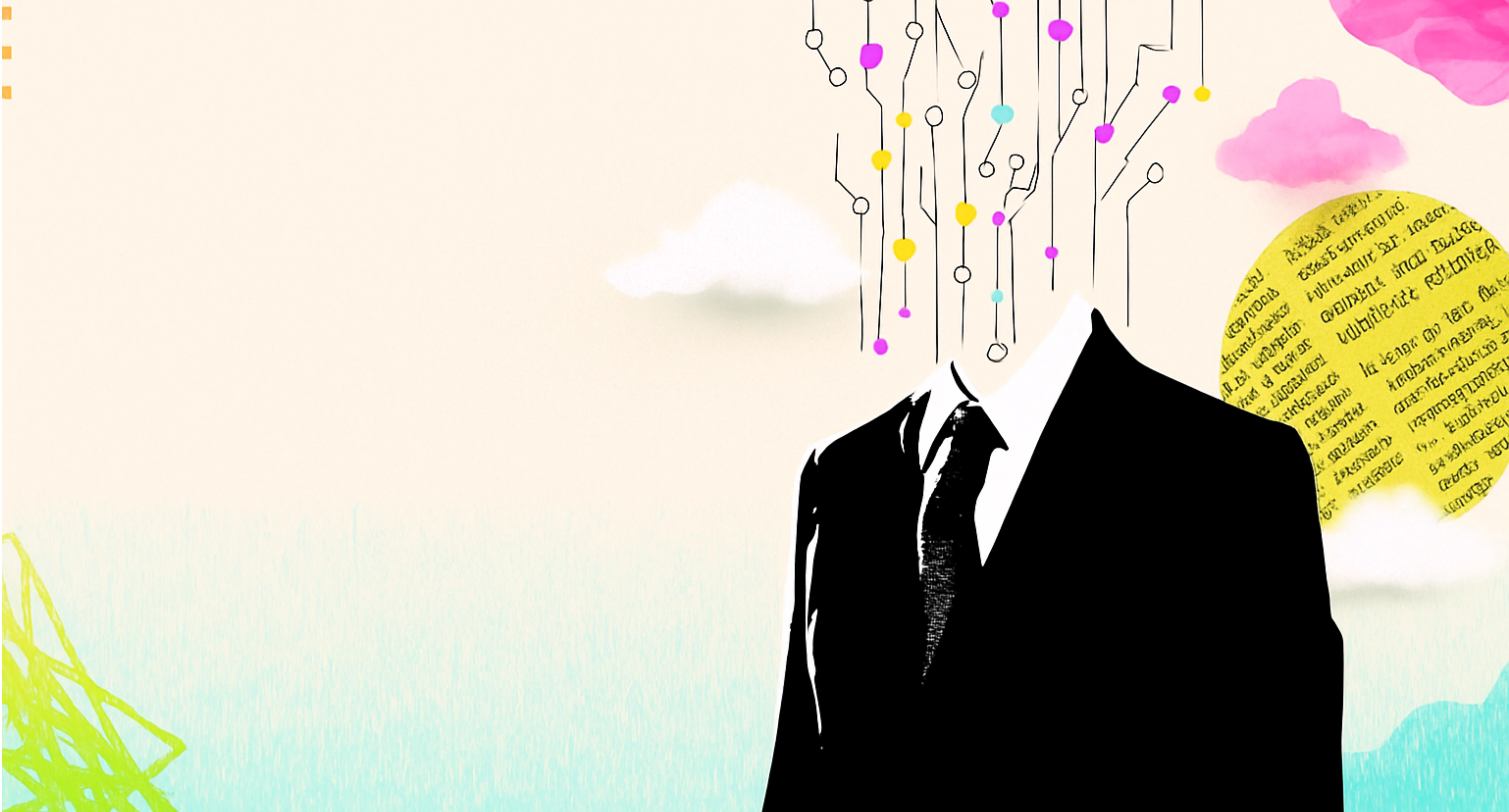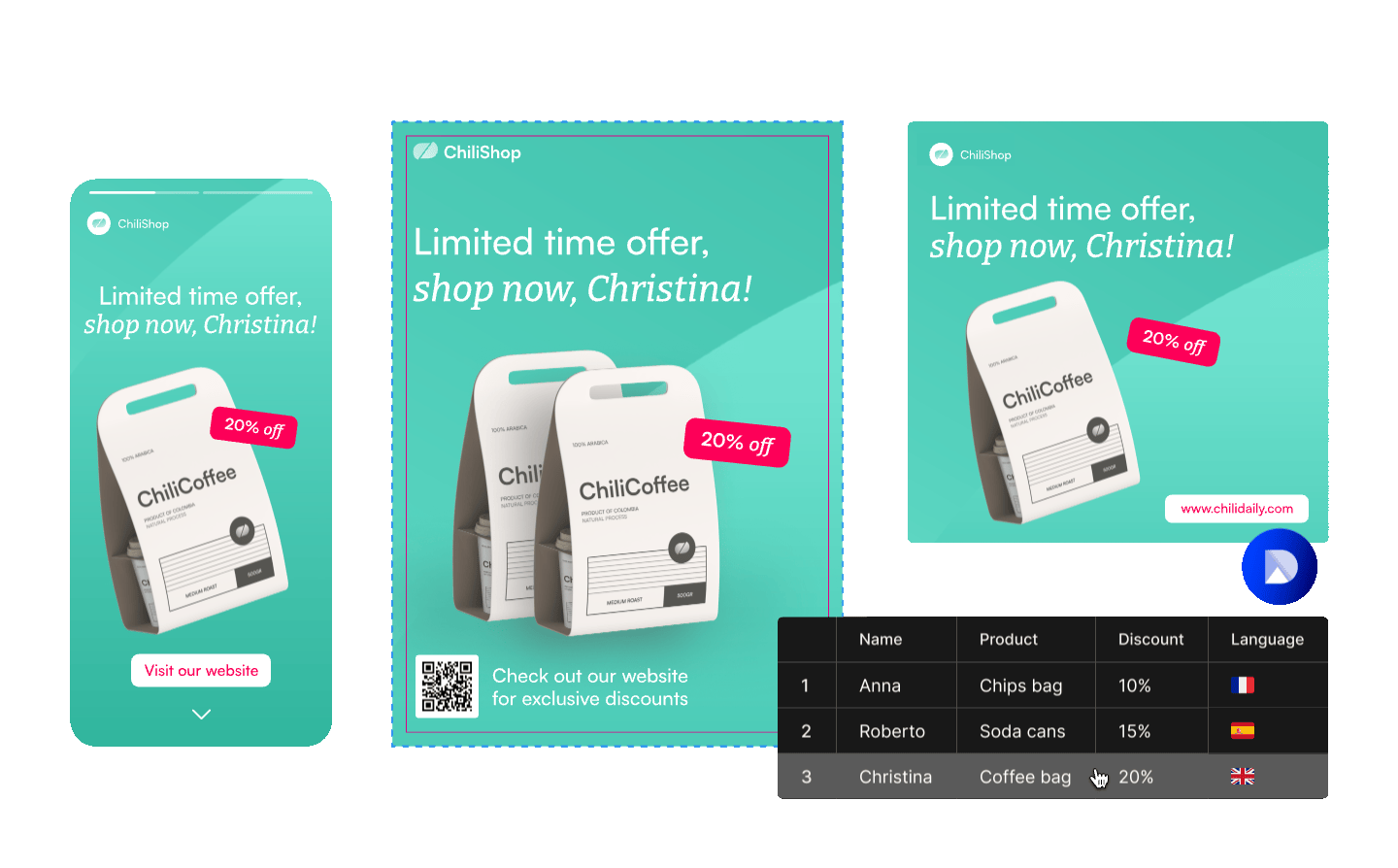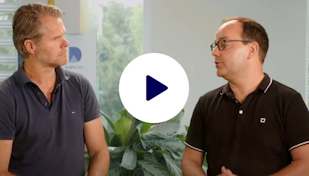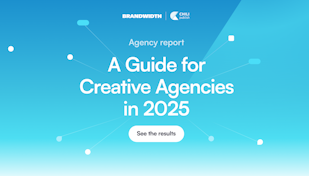What Employees Really Want from AI in Visual Content Automation

Artificial intelligence (AI) is rapidly reshaping industries of all kinds, from healthcare and finance to marketing and design. But as AI takes on a growing role in creative fields, its impact is being met with both excitement and anxiety.
Can AI truly support human creativity – or does it risk replacing it?
At CHILI publish, we’re committed to a future where AI augments, not replaces, the creative process. Our “human in the loop” approach is designed to keep creative professionals, in the driver’s seat.
And by introducing AI and creative automation in the right areas, companies will gain measurable advantages: reduced turnaround times, fewer production bottlenecks, and the ability to scale output without linear increases in budget.
Understanding the Research: What Do Workers Really Want from AI?
To start with human needs, it’s essential to listen to what the workforce thinks about AI. Recent research by Stanford’s Institute for Human-Centered Artificial Intelligence (HAI) sheds critical light on this topic.
The study surveyed more than 1,000 knowledge workers – including designers, marketers, and creative professionals to understand how they want AI to be used in their day-to-day work.
The findings are clear: Most workers are not seeking to hand off their jobs to AI. Instead, they want AI to be a helpful teammate – one that augments their abilities and takes care of repetitive, lower-value tasks. According to the study:
Workers believe, on average, that only 17% of creative tasks should be automated – signaling a strong preference for human involvement in the creative process.
The top desire is for AI to eliminate drudgery: automating tedious or repetitive aspects of creative production (like resizing assets or enforcing brand guidelines), while keeping people in charge of the conceptual and value-driven parts of creative work.
There’s a strong appetite for collaborative AI: tools that act as intelligent assistants or teammates, supporting but not replacing the professional’s expertise.
The research highlights concerns about AI “over-automation,” particularly in tasks that require human judgment, empathy, or creativity.
What does this mean?
This figure – 17% – comes from a large-scale survey in which knowledge workers, including designers and other creatives, were asked to break down their own workflows and estimate which portion could be effectively handled by AI without compromising creativity, quality, or job satisfaction.
According to the research (download the reprint here), workers saw value in automation for tasks that were repetitive, highly structured, or administrative, but drew a clear line when it came to tasks involving creative ideation, strategic decision-making, or nuanced judgment.


In fact, when asked to select which types of tasks should be automated, respondents overwhelmingly chose things like resizing images, exporting formats, or enforcing technical brand rules – tasks that, while essential, can be time-consuming and do not require deep creative thinking.
The paper notes:
“Respondents estimated that, on average, only 17% of their daily creative work was suitable for automation. The remaining 83% was considered to require a distinctly human touch, encompassing ideation, conceptualization, and aesthetic judgment.”
(Source: arXiv:2506.06576, p. 6-7)
The implication is that while automation is welcomed in areas that reduce drudgery and manual labor, workers want to retain control over the core, value-adding creative work.
For employers, targeted automation becomes a strategic lever. Automating tasks employees most want to offload delivers significant business returns: it boosts throughput, enhances consistency, and reduces costs associated with manual production.
AI-driven Automation for Humans with CHILI GraFx
These insights directly shape how we design and evolve CHILI GraFx. Our platform is built to empower creative professionals and not to replace them. It enables AI to handle the “17%” – the repetitive, rules-based, and time-intensive production tasks – while ensuring that people remain at the center of the creative process.
With Smart Templates and GraFx Genie (our AI assistant), for example, end users and designers can offload tedious tasks like resizing, reformatting, and maintaining brand consistency at any scale, freeing up time for conceptual work and creative exploration.
The impact for organizations is immediate: less time spent on routine production, and more bandwidth for strategic work. Companies using CHILI GraFx report shorter campaign cycles, lower costs per asset produced, and the ability to scale content output with existing resources.
The result? Teams do their best work, and businesses capture more market opportunities, all while controlling costs.
As an example, an end user can request a JPEG version of campaign artwork with specific content and at a specific size. CHILI GraFx AI then quickly resizes, adapts, and prepares the asset – while strictly adhering to brand guidelines.
Watch this clip to see it in action.
Here, AI does the heavy lifting – speeding up repetitive production work – while creative professionals maintain oversight and control. This is creative automation with a human touch: designers are freed from manual bottlenecks and can focus on what they do best.
And for a recent demonstration of both data-driven graphics production and GraFx Genie assistance, watch this on-demand webinar:
In essence, CHILI GraFx is designed to automate precisely the tasks that the Stanford report’s research participants want to automate, and no more.
By aligning with the real-world preferences of creative workers, we’re enabling organizations to scale their content production efficiently – without sacrificing the human creativity and oversight that make brands unique.
And organizations still reap the full benefits of automation: faster go-to-market times, higher operational throughput, and a lower total cost of production. It’s win-win: employees are engaged and empowered, while businesses unlock new levels of productivity and ROI.
Connecting Research to Practice: Aligning with What Workers Want
The Stanford findings are echoed in our own research at CHILI publish. Our Brandwidth 2025 report shows that 84% of brands struggle with creative workflow inefficiencies that impact their business outcomes, while 80% believe that automation and AI could help bridge the gap between capacity and demand.
Crucially, creative professionals want to spend less time on repetitive production and more on strategy, ideation, and innovation.
That’s why CHILI GraFx focuses on automating production design – generating endless artwork variations and enabling the entire organization to access and adapt brand assets – so designers can spend more time on high-value creative work.
In Summary
CHILI publish sits at the intersection of AI and visual content automation, guided by a simple principle: AI should enhance human creativity, not replace it.
By closely aligning our solutions with what workers truly want from AI – intelligent assistance, not automation for its own sake – we’re building a future where everyone can do their best work, and where businesses can thrive.
Ready to Discover CHILI GraFx? Request your free trial today.
- Visual inspired by HAI, Standford University Human-Centered Artificial Intelligence.
Marketing,
Product
Ward De Langhe
Jul 17, 2025
Sign up for blog updates
Related articles
Marketing,
Product
Bram Verniest
Jun 19, 2025


